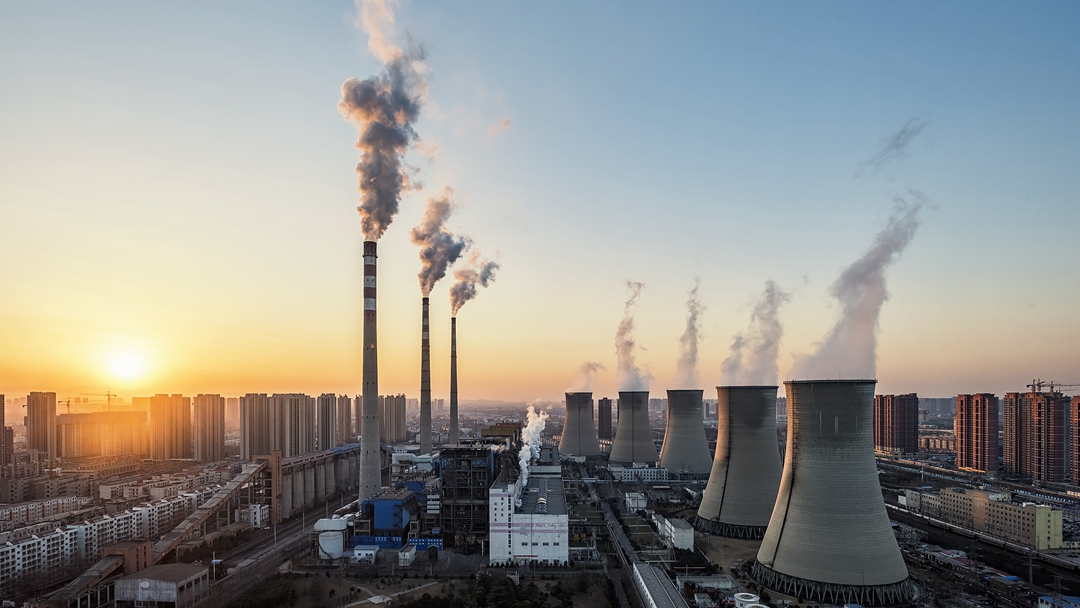
China aims to achieve carbon neutrality by 2060. (File photo: CFP)
China's Ministry of Ecology and Environment (MEE) on Tuesday released pilot rules for the long-awaited national carbon emission trading scheme.
The ministry said that the first compliance period started on January 1 and will last until December 31. It involves 2,225 companies in the country's power generation sector.
Carbon emissions trading is a form of permit trading. According to the pilot rules, effective from February 1, firms that emit 26,000 tonnes of carbon dioxide or more a year are allowed to trade. Carbon emission credits are allocated to emitters during a specified period and the allowances can be traded through negotiation transfer and bidding.
"Enterprises are the main body of emission reduction. This is the first time that the responsibility of greenhouse gas emission reduction has been put on enterprises from the national level," Li Gao, head of MEE's climate change department, said on Tuesday. He added that the move will motivate enterprises to reduce emissions and is of great significance to achieving green and low-carbon development.
According to the World Bank, there are two types of carbon pricing: emissions trading systems (ETS) and carbon taxes. Sometimes referred to as a cap-and-trade system, ETS caps the total greenhouse gas emissions level but allows industries with low emissions to sell their extra allowances to larger emitters.
Since 2011, China has piloted carbon emissions trading in seven provinces and cities including Beijing, Shanghai and Shenzhen to explore market-based mechanisms to hold greenhouse gas emissions in check.
The country rolled out in 2017 a nationwide carbon emission trading scheme, a step towards a national carbon market that aims to be the world's biggest.
Emission quotas are allocated to enterprises pursuant to the scheme, allowing enterprises whose carbon emissions exceed their share to purchase unused allowances from less polluting entities.
Roughly 406 million tonnes of carbon dioxide emission quotas were traded in pilot carbon trading markets by late August 2020, with transactions reaching a total of 9.28 billion yuan (about $1.38 billion), according to the MEE.
Last September, Chinese President Xi Jinping announced that the country aims to hit peak carbon emissions before 2030 and achieve carbon neutrality by 2060.


